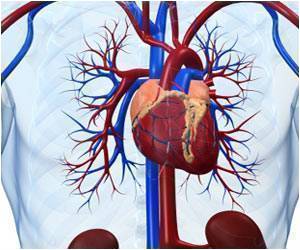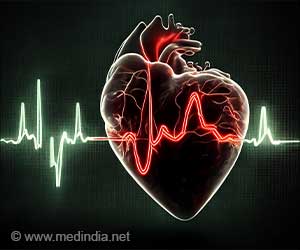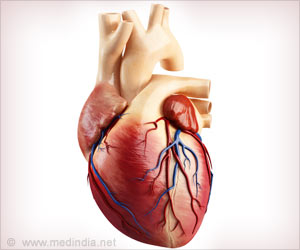Higher incidence of arrhythmias (heart rate or heart rhythm disorder) is seen among skiers with a history of endurance training.

Although it is well established that physical training significantly reduces the risk of cardiovascular disease, earlier reports have indicated a higher incidence of arrhythmias (heart rhythm disorders) among elite athletes committed to endurance sports. Different types of arrhythmias have different severity, but the most feared situation is when a young athlete suffers a sudden death caused by a ventricular tachycardia (fast heart rhythm originating from the large chambers). This tragic event is most often seen in athletes with an unknown pre-existing heart disease. Other types of arrhythmias are less serious but most uncomfortable for the athlete. Atrial fibrillation (fast irregular heart rhythm) is the most frequent, and athletes suffering from atrial fibrillation have an unpleasant feeling in the chest, decreased performance and higher risk of suffering from stroke. Earlier small studies have reported a higher incidence of atrial fibrillation and bradyarrhythmias (slow heart rhythm) among endurance sport athletes but no large scale studies have been presented. This study's aim is to investigate the risk of arrhythmias in a large group of endurance-trained athletes.
Every year the first Sunday of March, around 15,000 participants in the Swedish skiing event "Vasaloppet" endure 90 strenuous kilometres of cross-country skiing. The participants are ranging from elite to recreational athletes, and their training status (measured as maximal oxygen consumption) is closely correlated to their finishing time. It is important to stress that participants in the "Vasaloppet" are generally healthy, have higher than average socioeconomic status and lower mortality compared to the general population.
This study includes all Swedish citizens completing the race during the period 1989-98 (47,477 persons) and investigates two cross-country skiing-related exposures; 1) the participants finishing time, as a proportion of the winning time that year (a measure of whether the athlete is trained at an elite or recreational level); and 2) number of races completed by the participant (a measure of the duration of the training).
Accounting for age, socioeconomic status and education, we observed a higher incidence of arrhythmias in cross-country skiers with a long history of endurance training. Compared to those who had completed one single race, those who had completed 7 or more races had 29% higher risk of a subsequent arrhythmia. Further, elite athletes finishing at 100-160% of the winning time had 37% higher risk of arrhythmias than recreational athletes finishing at more than 241% of the winning time. This association was more prominent among younger (less than 45 years) than older athletes. The associations were mainly driven by the most common type of arrhythmia, atrial fibrillation, and bradyarrhythmias. We did not find any significantly increased incidence of the potential lethal ventricular arrhythmias with any of the exposures.
Dr. Andersen summarizes: "Basically, this study shows, that even though physical activity is generally healthy, athletes committed to endurance sports at elite level have higher risk of suffering from a heart rhythm disorder. There seems to be a relation with the duration of the sport commitment and at which level the athletes competed. We emphasize that we do not find any increased incidence of potential lethal heart rhythm disorders. However, this study only compares athletes at different levels and a future large scale study comparing athletes against the normal population would be very interesting."
Advertisement









